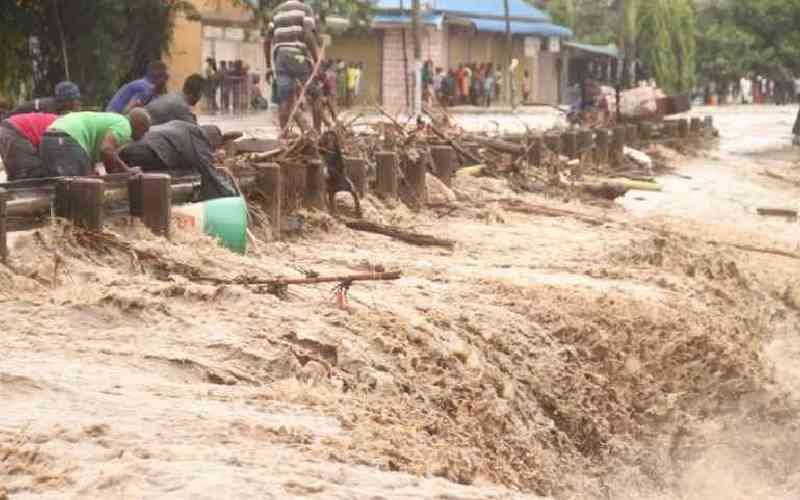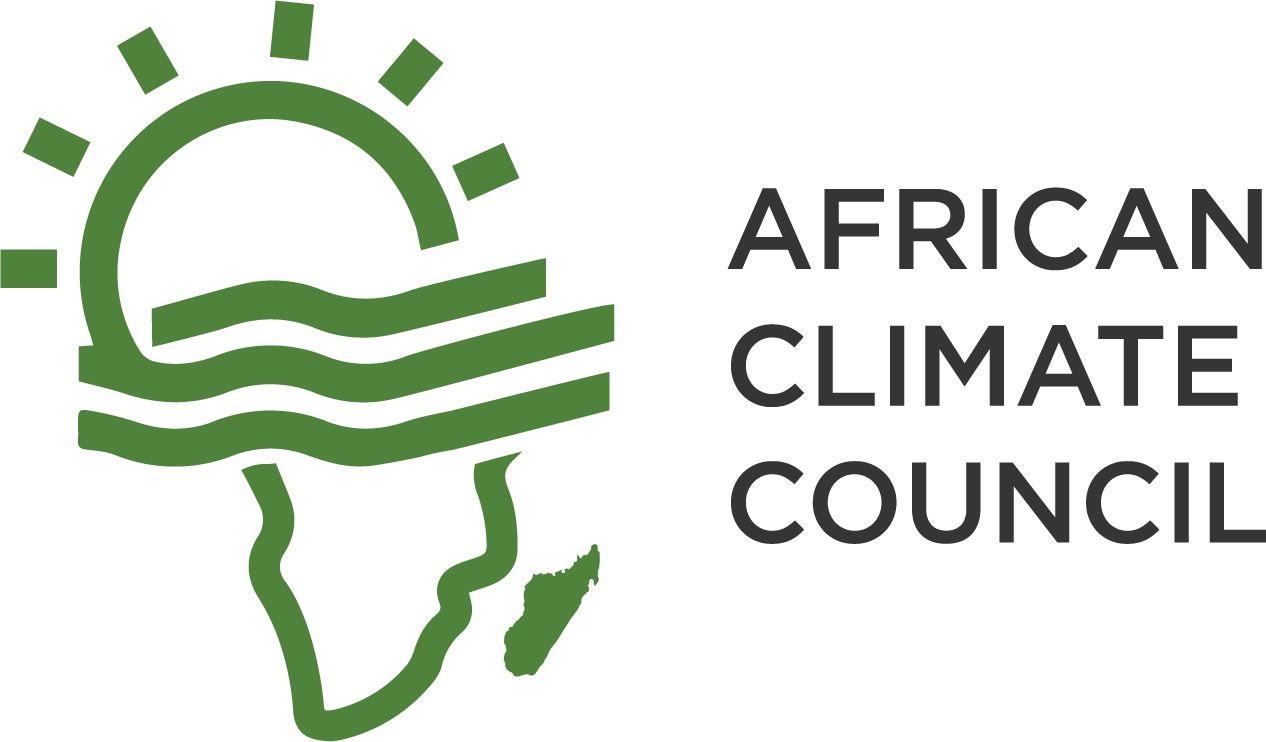
210 Kenyans are estimated to have passed away from the ongoing Kenyan Floods. Meanwhile, over 150 have also succumbed to flash floods in the neighboring country, Tanzania. The heavy rains plus the recent Cyclone Hidaya have greatly damaged the countries’ infrastructure, with thousands displaced, and millions of others facing possible displacement.
For instance, Tanzania has closed off its 396-kilometer highway connecting the port city of Dar es Salaam and the southern regions of Lindi and Mtwara. This is after 4 bridges were washed away after the weekend’s (May 4th-to-5th) tropical cyclone Hidaya occurrence. Kenyan roads, especially the Thika Superhighway, are facing a similar situation following heavy rains that hit the country since late April.
Another sector jeopardized by climate change is the electricity and energy sector. Those affected include new renewable energy projects and effective distribution of electricity to homesteads and businesses. Some startups have gone days without power, leading to losses and making it harder to survive in tough economic times.
Food crisis is another potential threat, with fertile land getting ‘washed’ across Kenya. The continuity of the rain might lead to inconsistent yields and insufficient farming lands. This comes at a time when the two nations have suffered food shortages, making the aftermath of the flash floods more scary.
Therefore, all eyes are on East Africa as the two continue to suffer under the heavy rains havoc. This might be the same when the floods are gone. The governments can struggle to build back the economies and help the citizens get back to normalcy.
It’s time for the respective authorities to plan and have better disaster management strategies. Seeking climate finance is a reliable way to get immediate help, especially for those left homeless.


Add a Comment